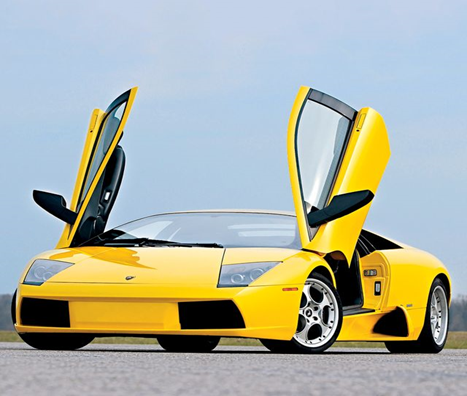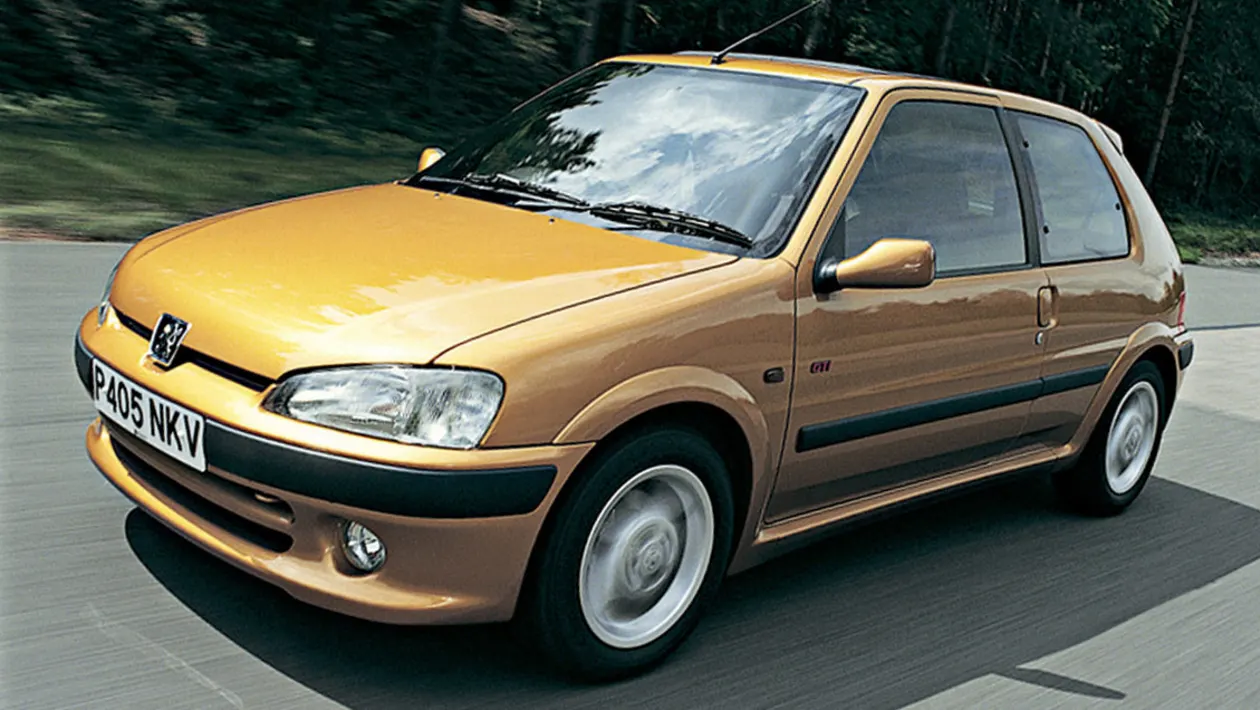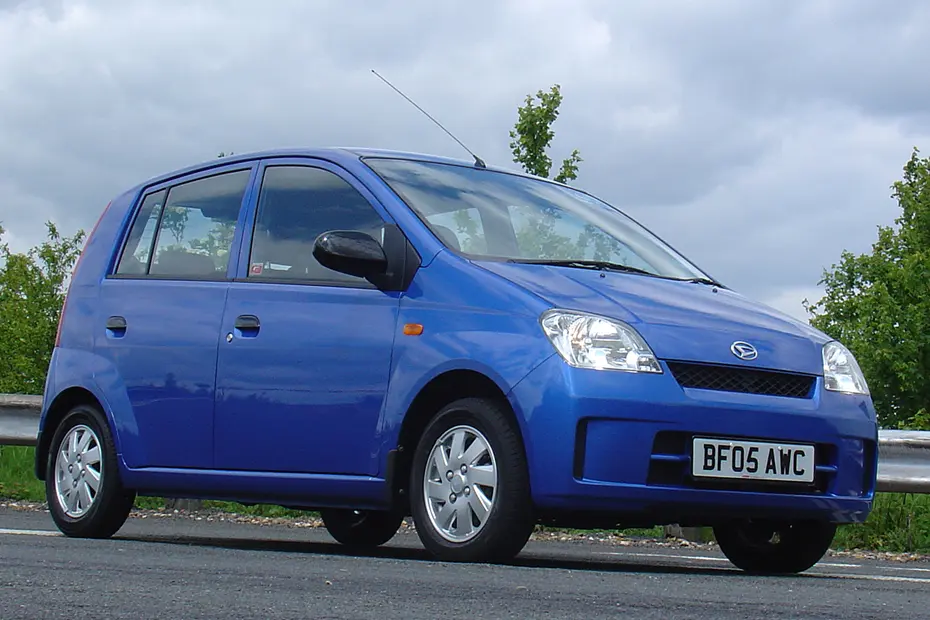Alex Unleashed on Cars- Lamborghini Murcielago (The Last Analogue Supercar)
When Audi took over Lamborghini, much like when BMW bought
Rolls-Royce or when Ford bought Aston Martin. There were those who thought
Lamborghini would lose all the character and passion that had made it the
legendary marque that it is.
But to everyone’s surprise, as is often the way when small manufacturer’s
get bought by big ones, things get much better than they did before. Whilst the
last run Diablo’s did have Audi’s input, the Murcielago was the first made
under Audi’s full control. One clear example is that the Murcielago wasn’t
designed by Marcello Gandini but by a Belgian, Luc Donckerwolke who’d
previously designed the Audi A2 & Audi R8 LMP car to name a couple.
The Murcielago sported an increased engine size, (6.2 litres
over 6), which meant more power, 575 to be exact, which can power the 1650 KG
supercar from 0-60 in 3.6 seconds and all the way to a colossal 205 MPH top
speed. Everything about the Murcielago was extreme, though the price tag was
“only” £163,000 nearly half the price of its closest rivals the Ferrari Enzo
& Pagani Zonda C12 S. But even with all the ferocious power and its extreme
girth, the Murcielago sported a more user-friendly driving experience such as a
lighter gearbox, better air conditioning and nicer interior all curtesy of Audi
parts and money, helping to civilize the Murcielago and make it a more
profitable and usable car. In fact, EVO magazine had a long-term Murcielago that has
covered over 250,000 miles since being acquired, showing it’s definitely an
improvement over the old Diablo.
A small but important part of the cars design is the rear
air intakes, they open up as the engine gets hotter and is the reason the
Murcielago doesn’t need big air scoops which helps it keep a very elegant
shape, and I think makes it one of the best-looking cars around. The intakes also
open like bat wings which links to its name, which is bat in Spanish.
Over its lifespan, the Murcielago got a roadster version,
the uprated LP640 and the limited run LP640-based Reventon.
But the best was most certainly left for last with the final
Murcielago being the SV, a name not used since the Diablo back in ’97. The SV
was the last hurrah for both the Murcielago and its engine which was replaced
by an all new version for the Aventador. The SV was strikingly different to the
LP640, sporting an enormous rear spoiler, uprated bodywork, SV on the side and
bright orange paint, it was most certainly a striking car. The old V12 now made
661 BHP (670 PS hence the name LP670-4 SV) making it the most powerful non
turbo/supercharged engine in the world, and despite still being a heavyweight,
the SV could rocket to 60 in 3 seconds and well over 210 MPH flat out, firmly
establishing it in the hypercar club, albeit a tad late since all its rivals
were now long gone.
The Murcielago, much like it’s rival the Pagani Zonda was
the last of a generation of supercars that still had some of that simple
pure-built speed demon traits of the old generation of supercars (XJ220,
Countach etc) but also incorporated better usability and reliability we
associate with modern cars. Above all, the Murcielago represents the end of an
era that afterwards was (rightfully) dominated by the need to make the car more
sustainable and environmentally friendly. Which is what makes the Murcielago so
special, it’s a tearful if outrageous goodbye to the days of carefree motoring.
Year Produced: 2002-2010
Engine 6.2 – 6.5 Litre V12
Top Speed: 205-212 MPH
Power: 580-661 BHP
Torque: 479-487 Ib/ft
0-60: 3.8- 3.0 Seconds
Weight: 1665 – 1565 KG
Price: £163,000 - £225,000
Rivals: Pagani Zonda, Porche Carrera GT, Ferrari Enzo, Ford
GT, Mercedes McLaren SLR




Comments
Post a Comment